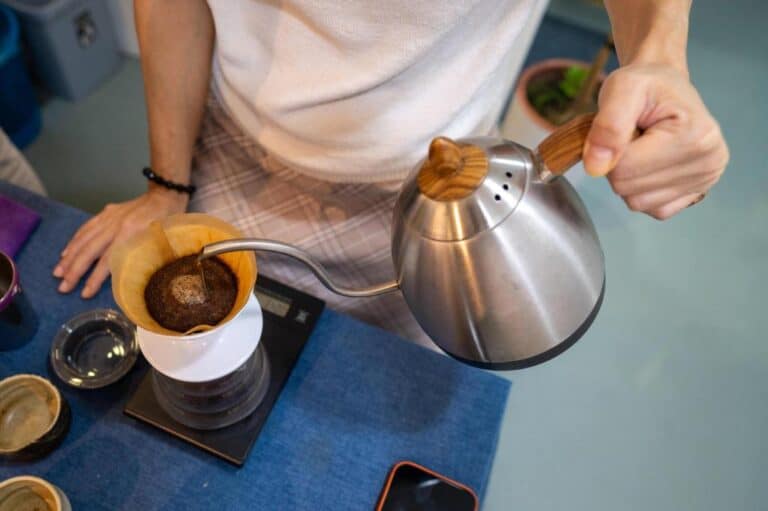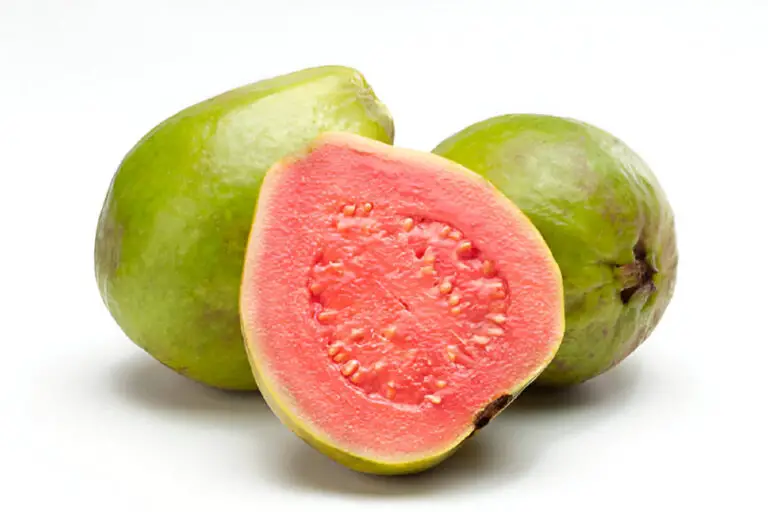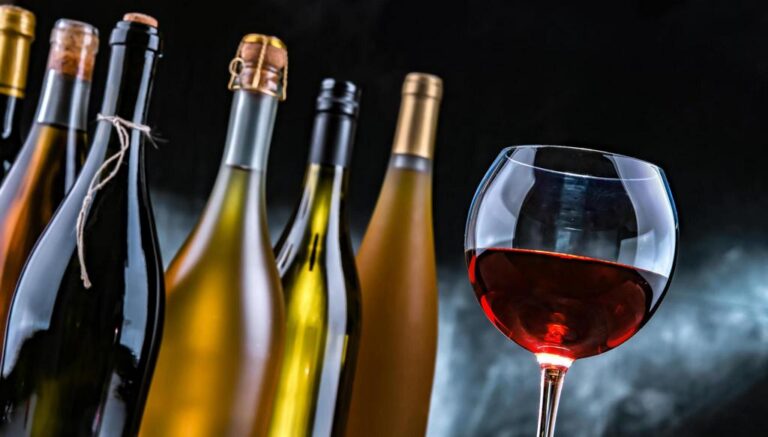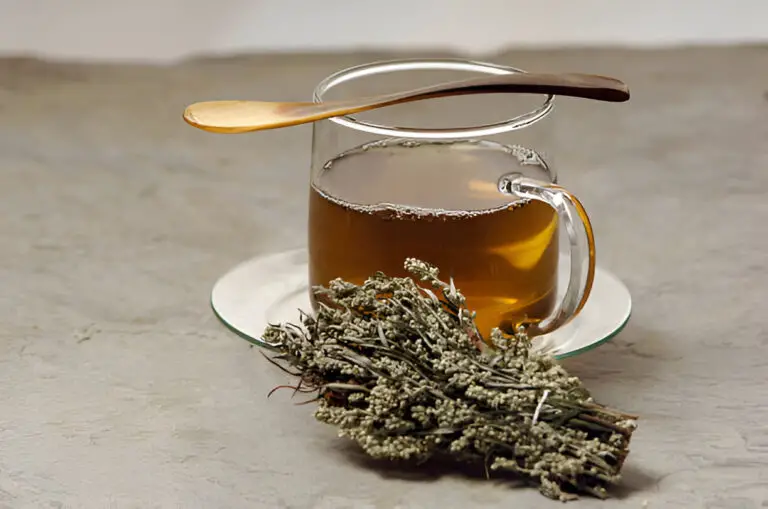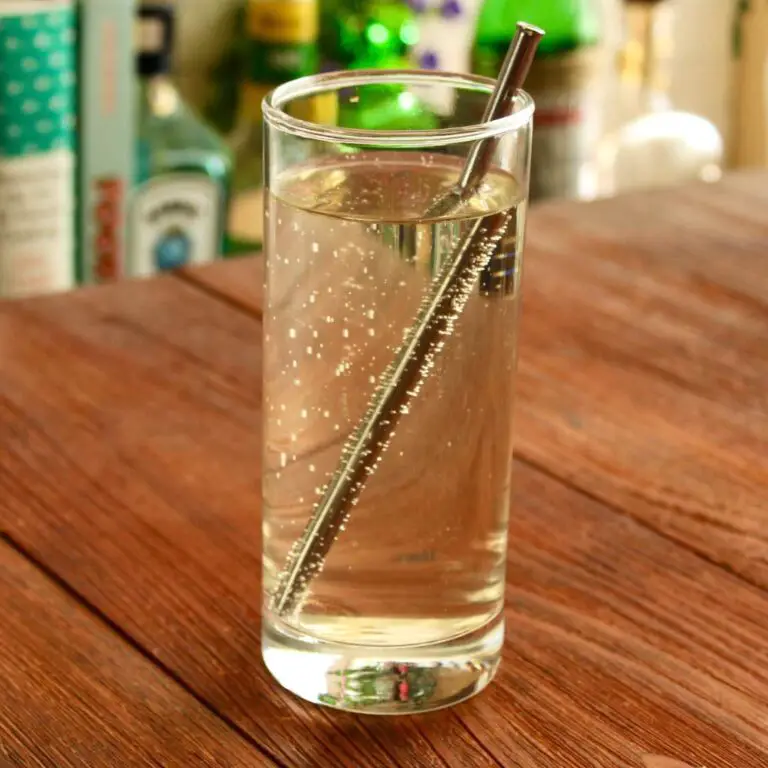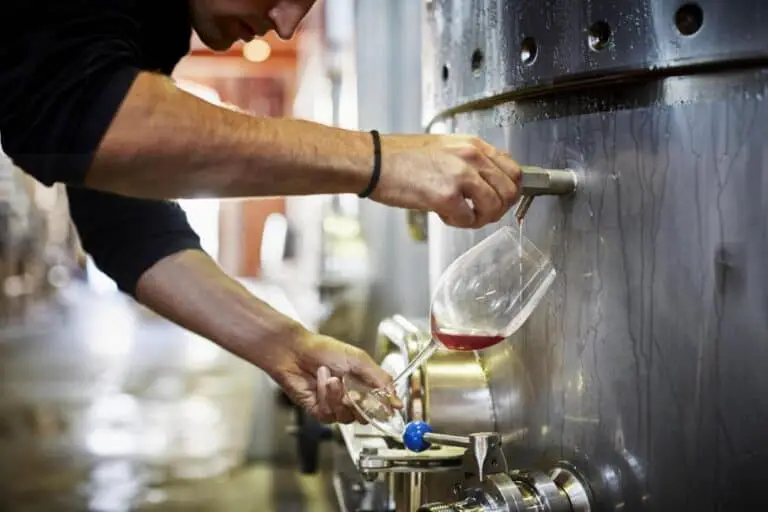Can You Mix Brown and White Liquor? Exploring the Compatibility

Mixing brown and white liquors may seem like an unconventional idea to some. For those who love experimenting with different flavors and combinations, it can open up a whole new world of possibilities.
Many people like to stick to the classics and drink their favorite spirits by themselves or in classic cocktails. However, more and more people are interested in mixing different kinds of alcohol together. This desire to create unique flavor profiles has led adventurous drinkers to wonder: Can you mix brown and white liquors?
Traditionally, brown liquors such as whiskey, rum, and brandy are cherished for their complex flavors derived from barrel aging. On the other hand, white liquors like vodka and gin offer a clean taste that acts as a blank canvas for mixing with other ingredients.
The thought of merging these distinct characteristics might raise eyebrows among purists who prefer sipping on each type separately.
But let’s not dismiss this concept too quickly! There have been surprising combinations that defy expectations and result in delightful concoctions worth exploring further.
In this article, we will delve into whether mixing brown and white liquors is possible without compromising taste or experiencing any unpleasant surprises. So grab your shakers or stirring spoons—it’s time to dive into the exciting world of combining these two liquor categories!
Differences Between Brown and White Liquor

Brown liquor, also known as dark or aged spirits, encompasses a range of richly colored and robust-tasting liquors such as whiskey, rum, and brandy. These liquors derive their deep hues from aging in wooden barrels for extended periods.
Whiskey is typically made from fermented grains like barley or corn, while rum derives its distinct flavor from sugarcane byproducts. Brandy, on the other hand, often incorporates grapes into its production process.
In contrast, white liquor refers to clear or lightly-colored spirits like vodka and gin. Unlike brown liquors that undergo lengthy maturation processes in barrels, white liquors are often charcoal-filtered to remove impurities after distillation.
Vodka is traditionally crafted using grains or potatoes but can now be made with ingredients ranging from wheat to rye to sugar beet. During distillation, various herbs and spices work in conjunction with juniper berries, which serve as the main botanical ingredient in gin.
The unique characteristics of brown and white liquor stem not only from their diverse production methods but also from the different flavors they offer discerning palates.
Brown liquors tend to showcase bold notes of caramel, vanilla, oakiness (in the case of whiskey), molasses (found in rum), or fruity undertones (like those found in certain brandies).
White liquors emphasize a clean profile with more subtle flavors that allow mixers and garnishes to take center stage in cocktails—both traditional concoctions and innovative creations alike.
Factors to Consider Before Mixing
When it comes to mixing brown and white liquors, there are a few factors that should be taken into consideration. One of the most important aspects is individual preference when consuming alcohol.
Some individuals appreciate the distinct flavors of different types of liquors and prefer to enjoy them neat or on the rocks. For these purists, mixing brown and white liquor might not be as appealing since it dilutes the unique characteristics that each type possesses.
On the other hand, there are those who enjoy experimenting with different combinations to create new flavors and experiences. These individuals often find joy in crafting delicious cocktails by blending various spirits together. The key here is understanding which combinations work harmoniously and which ones may result in an unpleasant taste.
In addition to personal preference, cultural traditions can also play a part in determining whether brown and white liquor should be mixed. Different countries have their own established traditions when it comes to mixed drinks. For example, classic cocktails like Old Fashioned or Manhattan traditionally use brown liquor, while popular concoctions like Mojitos or Cosmopolitans usually involve white spirits.
The Science Behind Mixing Liquors
It is important to understand the science behind flavor profiles when mixing different kinds of liquor. Each liquor has its own unique characteristics and taste notes that can either complement or clash with other spirits. By understanding how these flavors interact, you can create delightful combinations that elevate your drinking experience.
Chemically speaking, the interaction between different alcohols can result in complex reactions. For example, when you mix brown and white liquors like whiskey and vodka, certain compounds from each spirit blend together to create new flavors.
This interplay is what brings depth and complexity to mixed drinks. Additionally, the texture and body of a brown liquor may be enhanced by adding a splash of lighter alcohol, such as gin or vodka.
Our taste buds also play a significant role in determining our perception of mixed liquor flavors. The phenomenon known as cross-modal sensory interactions suggests that combining beverages with similar tasting notes intensifies those shared qualities while masking undesirable aspects.
It means that complementary flavors may enhance each other’s positive attributes while minimizing any potential negatives—encouraging adventurous mixology experimentation! Understanding this scientific aspect allows us to confidently explore pairing options without fear of an unpleasant outcome.
Can You Mix Brown and White Liquor?
Mixing brown and white liquor is not inherently dangerous. Take note; it may lead to a greater degree of intoxication and potentially harsher hangover symptoms. This is due to the presence of congeners in darker drinks like brandy, whisky, rum, and red wine.
Clear beverages like vodka, gin, and white wine contain fewer congeners than darker drinks, and mixing the congeners may increase stomach irritation. However, there is no conclusive evidence to support or reject claims about the ill effects of mixing different types of alcohol.
The main issue with mixing alcohols is not the mixing itself, but the order in which you consume them and the overall amount of alcohol you consume. Drinking a beer and then switching to a liquor like vodka or gin may lead to faster intoxication and more severe hangover symptoms. It is essential to stay within a sensible limit and control your drinking to avoid negative effects.
Staying Safe and Balanced
When it comes to mixing brown and white liquors, keeping a clear head is key. While experimenting with different combinations can be fun and exciting, it’s important to approach these endeavors responsibly. Mixing liquors has the potential to amplify the effects of alcohol, so being mindful of your consumption is crucial.
One way to stay safe while enjoying mixed drinks is by practicing moderation. It’s easy to get caught up in the excitement of creating new cocktail concoctions, but remember that each drink you consume adds to your overall alcohol intake. Pace yourself and listen to what your body tells you – if you feel like you’ve had enough, don’t push yourself further.
Knowing your limits is also essential for a balanced drinking experience. Different people have different tolerances for alcohol. So, be aware of how much your body can handle without becoming too intoxicated.
To maintain equilibrium while exploring mixed drinks, try alternating between alcoholic and non-alcoholic beverages or incorporating plenty of water throughout the evening.
| Also see: Does Kahlua Need To Be Refrigerated? |
Popular Mixed Drinks Combining Brown and White Liquor
The world of mixed drinks offers a plethora of options for those looking to combine brown and white liquors into delightful, harmonious concoctions. These classic cocktails have stood the test of time, showcasing the versatility and compatibility between these two types of alcohol.
One such popular mixed drink is the Old Fashioned Sour. This whiskey cocktail brings together the rich flavors of bourbon with the refreshing notes of gin. Start by muddling sugar cubes with bitters in a glass, then add ice cubes before pouring in equal parts bourbon and gin. Stir gently to mix everything together, and garnish with an orange twist or cherry for added elegance.
For those who are fans of tropical flavors, another favorite option is the Rum Runner Martini. Blending rum’s caramel sweetness with vodka’s clean taste creates a uniquely balanced cocktail that transports you straight to paradise. To make this exotic drink, shake equal parts rum and vodka over ice until well chilled, then strain it into a martini glass. For an extra touch, you can rim the glass with coconut flakes or garnish it with pineapple wedges.
Experimenting with Your Own Combinations
Ready to unleash your creativity and embark on a delicious adventure of mixing brown and white liquors? Whether you’re looking to impress guests at a party or simply indulge in some self-exploration, experimenting with different combinations can lead to exciting discoveries.
Remember, taste is subjective, so don’t be afraid to trust your own palate and create unique concoctions that suit your preferences.
To get started, consider exploring resources specifically designed for helping cocktail enthusiasts mix various liquors. Apps such as Mixology or websites like Cocktail Builder are excellent tools that offer guidance on creating perfectly balanced cocktails using both brown and white spirits. These platforms often provide recipes, descriptions of different ingredients’ flavor profiles, and even suggest popular combinations for you to try.
However, don’t hesitate to deviate from established formulas and invent something entirely new. Personal experimentation is where true magic happens! Trust your instincts when it comes to the flavors you enjoy; after all, you know them best. Start by combining smaller amounts of each liquor before committing to larger serving ratios until you find the perfect balance that tickles your taste buds.
Remember, mixing doesn’t have to stop at just pouring two types of liquor together directly; the possibilities are endless! Consider adding bitters or infusing syrups into the mixture for added depth and complexity. Get creative with garnishes – a sprig of fresh mint or citrus zest can elevate any drink visually as well as aromatically.
So grab those bottles off the shelf (or out of the cupboard) and let your imagination take flight – who knows what delicious surprises await!
Conclusion: The Compatibility of Mixing Brown and White Liquor
In conclusion, mixing brown and white liquor can indeed lead to enjoyable flavor profiles when done right. The key lies in finding complementary flavors that enhance each other rather than clash. While there are no hard rules for which combinations work best, experimenting with different spirits and mixers can yield delightful surprises.
By blending the rich complexity of brown liquors like whiskey or rum with the clean crispness of white liquors such as vodka or gin, you can create unique cocktails that tantalize your taste buds. For example, a classic Whiskey Sour made with bourbon and lemon juice gets an unexpected twist when topped off with a splash of sparkling water – it’s both refreshing and comforting at the same time.
Additionally, incorporating ingredients like fruit juices, herbal infusions, or bitters into your mixed drink repertoire opens up endless possibilities for exciting flavor combinations. A dash of Campari in a Gin Old Fashioned brings out new facets in both spirits, while muddling fresh berries with dark rum creates a cocktail bursting with sweetness.
So don’t be afraid to venture beyond traditional pairings – mixing brown and white liquor can lead to delicious concoctions that allow you to fully appreciate the diverse world of spirits. With some experimentation and an open mind, you might just discover your own signature blend that will leave friends begging for the recipe at your next gathering. Cheers!

